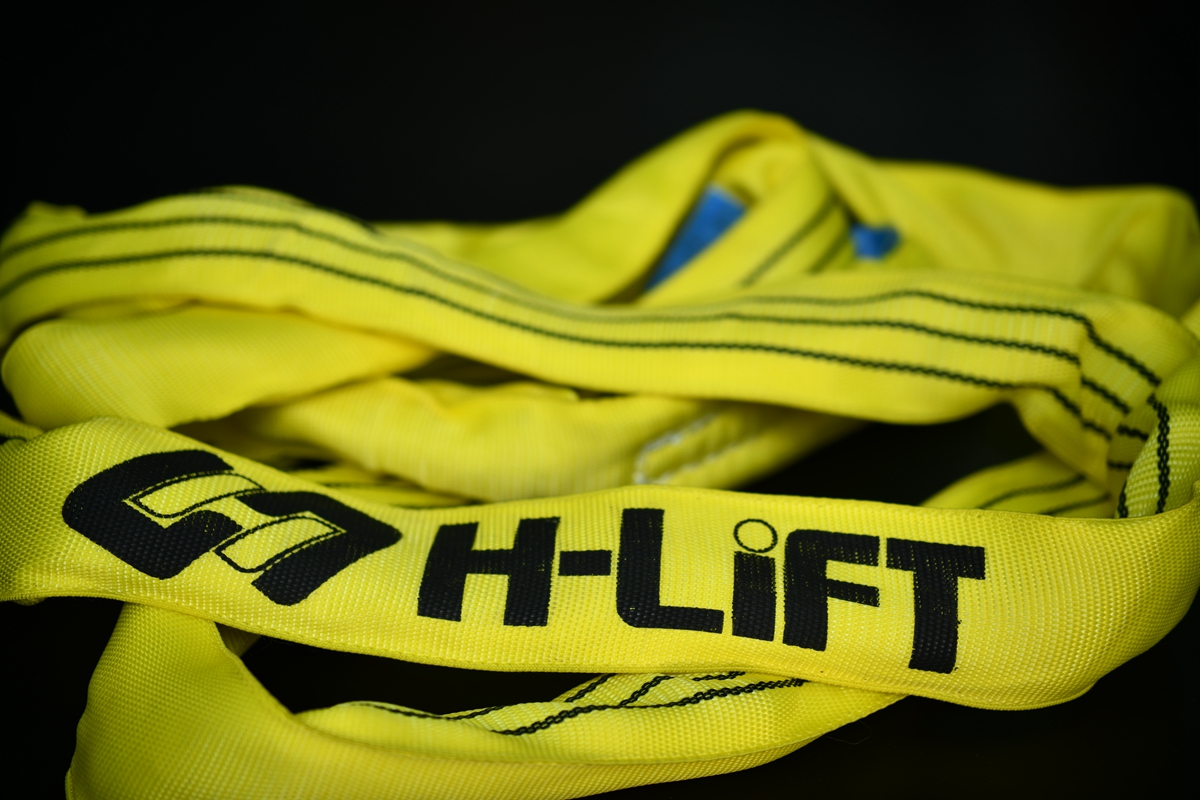What is the Service Life for a Textile Sling?

This has been a topic that causes a bit of confusion in the industry and we think that this is as a result of the PPE directive and the fact that the same textiles used for lifting slings are used for products within its scope.
The PPE Directive, and the relevant harmonised standard EN 365, call for expiry dates to be added to items of PPE. This expiry date is not specified anywhere in the legislation. It simply states that if it is known that the equipment is likely to degrade over of a period of use then this period must be specified. If it is unknown as to the usage then the manufacturer should state limiting factors on the usage, for example maximum number of washes before disposal.
The PPE Directive covers all PPE and therefore you will commonly see some sort of limiting factor on the service life of the product.
Textile slings on the other hand are not within scope of this legislation and the standards that cover them do not specify requirments for service life. Instead of imposing timescales for deterioration the applicable legislation specifies the hazards associated with the equipment and how it should and should not be used (i.e. do not expose to chemical attack) in order to keep it in a serviceable condition.
Both PPE and lifting equipment are maintained under PUWER, but lifting equipment also has LOLER where a competent person is tasked with examining equipment for patent defect following a statutory period time. If no defect is found then, in accordance with LOLER, the lifting equipment is safe for continued use. Therefore if there is no defect then the textile sling is safe to go into service regardless of age.
However, a manufacture still retains the right to specify a service life if they believe that the safety of the equipment requires one. In this case the competent person must follow the manufacturer’s instruction and withdraw from service once the service life has expired.
The service life of a textile sling depends on several factors, including its usage, maintenance, and storage. Let’s explore this further:
Regular Use and Wear: Frequent use can lead to accelerated wear and tear, shortening the sling’s lifespan. Conversely, infrequent use can prolong the lifespan, provided the slings are properly stored and maintained during inactivity.
Proper Care and Inspection: Textile lifting slings, compared to their metal counterparts, are often more cost-effective. With regular inspections and proper care, they can have a long service life, providing excellent value for your investment.
Monitoring and Retirement: It’s essential to strike a balance by monitoring the condition of slings regularly. When necessary, retire slings that show signs of wear or damage to ensure safety during lifting operations.
Remember that safety is paramount, and adhering to recommended guidelines ensures the longevity and reliability of textile slings.